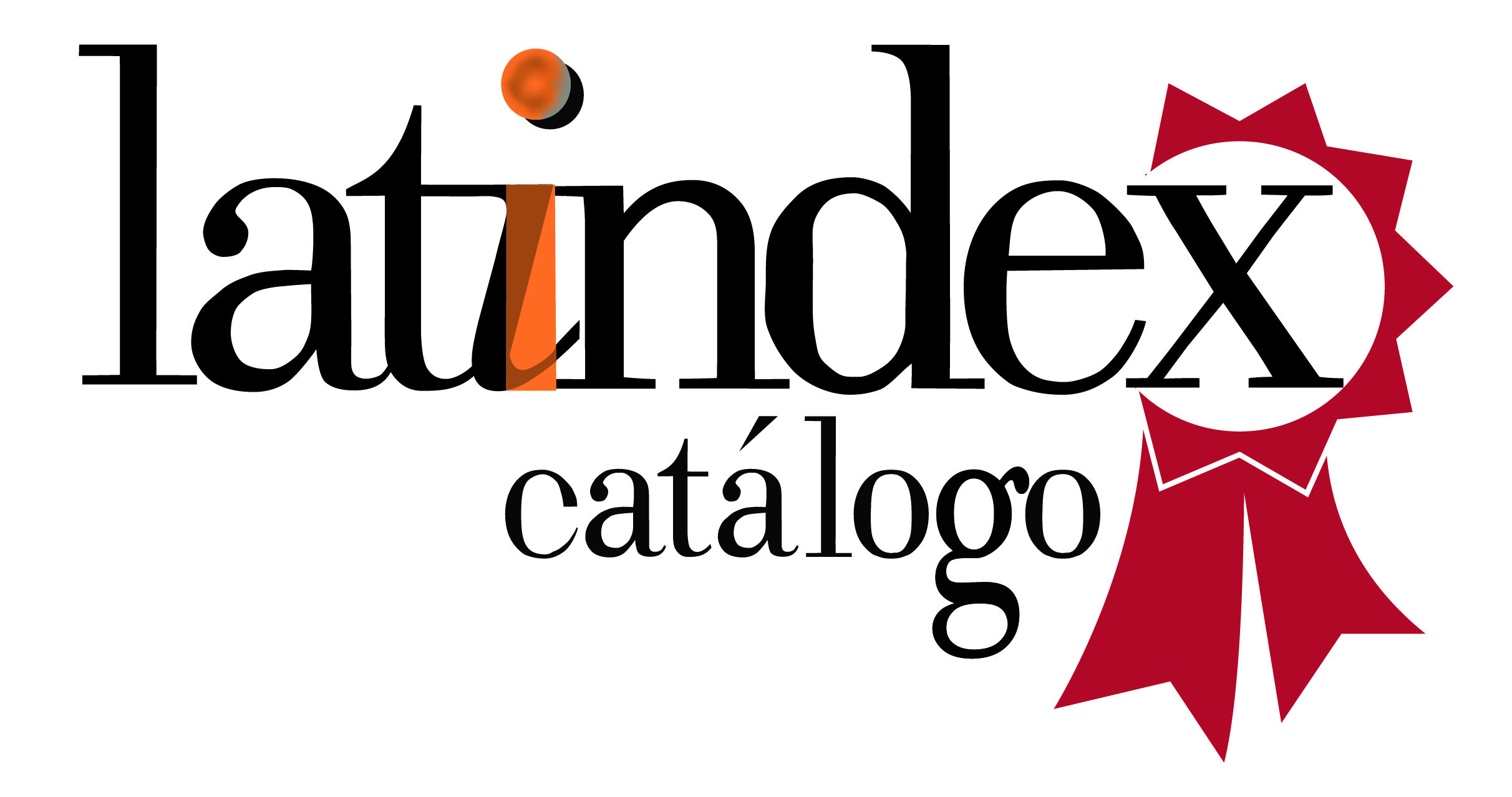Español
DOI:
https://doi.org/10.52379/mcs.v5i3.193Keywords:
Modelos sanitarios, vigilancia de la salud, anemia, comunidades, gestantes, niñosAbstract
Introduction: Iron deficiency anemia affects growth and cognitive development from the first stages of human life. It is necessary to undertake a community strategy to detect cases in a timely manner in order to guarantee comprehensive development opportunities in later life stages.
Objective: To describe a community approach model for the detection of cases of anemia in boys and girls in three marginal urban communities in northern Peru.
Methodology: A prospective, cross-sectional, observational epidemiological study, 412 people were screened with spectrophotometry equipment, including pregnant women, boys and girls under 5 years of age. In addition, anonymous questionnaires were applied to evaluate the determinants of health. Homes with anemia cases were geo-located and a computer application was developed for storing information
Results: In the communities of San José and Salamanca, 3.9% (16) and 7% (29) cases of anemia were represented respectively, and only 1.7% (7) cases in Los Jardines. There is a significant relationship between the communities and the appearance of cases of anemia p value = 0.001; 95% CI confidence interval. Furthermore, 9.5% (39) of anemia cases did not have access to any social program. Finally, 83.7% (345) of those screened did not report anemia and were supplemented with micronutrients.
Conclusions: The community model could be a benchmark in primary health care as a strategy for social determinism in cases of anemia in pregnant women, boys and girls.
Downloads
References
Chowdhury MRK, Khan MMH, Khan HTA, Rahman MS, Islam MR, Islam MM, et al. Prevalence and risk factors of childhood anemia in Nepal: A multilevel analysis. PloS One.2020;15 (10):e0239409. https://dx.doi.org/10.1371/journal.pone.0239409
Zavaleta N, Astete-Robilliard L. [Effect of anemia on child development: long-term consequences]. Rev Peru Med Exp Salud Publica .2017;34 (4):716–22. https://dx.doi.org/10.17843/rpmesp.2017.344.3251
WHO | Disease burden and mortality estimates. WHO [Internet]. 2019 [cited 2021 Feb 20]; Available from: http://www.who.int/healthinfo/global_burden_disease/estimates/en/
Más de 43 mil niños y niñas dejaron atrás la anemia en el país | Gobierno del Perú [Internet]. PLataforma digital del estado peruano. 2020 [cited 2021 Feb 20]. Available from: https://www.gob.pe/institucion/midis/noticias/81192-mas-de-43-mil-ninos-y-ninas-dejaron-atras-la-anemia-en-el-pais
Ministerio de Desarrollo e Inclusión Social (MIDIS) [Internet]. [cited 2021 Feb 20]. Available from: http://sdv.midis.gob.pe/Sis_Anemia/Comoestamos
REDinforma - Repositorio Digital de Información - Reporte de Indicadores [Internet]. [cited 2021 Feb 20]. Available from: http://sdv.midis.gob.pe/RedInforma/Reporte/Reporte/17
Salud PM de, Pública DG de IE en S. Lineamientos para la implementación de visitas domiciliarias por actores sociales para la prevención, reducción y control de la anemia y desnutrición crónica infantil. 2019 [cited 2021 Feb 20];41–41. Available from: http://fi-admin.bvsalud.org/document/view/chxdb
Salud PM de, Pública DG de IE en S. Lineamientos para la prevención, reducción y control de la anemia en niñas y niños hasta los 35 meses de edad de los usuarios del programa nacional Cuna Más en el Perú. 2017 [cited 2021 Feb 20];16–16. Available from: http://fi-admin.bvsalud.org/document/view/ntn9c
Ibemere S. A case for community health programs for sickle cell anemia in low- to middle-income countries: An integrative review. Public Health Nurs .2018;35 (6):499–507. https://dx.doi.org/10.1111/phn.12519
10. RM N° 250-2017 MINSA | Anemia [Internet]. Instituto Nacional de Salud. 2017 [cited 2021 Feb 21]. Available from: https://anemia.ins.gob.pe/rm-ndeg-250-2017-minsa
Elmardi KA, Adam I, Malik EM, Abdelrahim TA, Elhag MS, Ibrahim AA, et al. Prevalence and determinants of anaemia in women of reproductive age in Sudan: analysis of a cross-sectional household survey. BMC Public Health .2020;20 (1):1125. https://dx.doi.org/10.1186/s12889-020-09252-w
Lebso M, Anato A, Loha E. Prevalence of anemia and associated factors among pregnant women in Southern Ethiopia: A community based cross-sectional study. PloS One .2017;12 (12):e0188783. https://dx.doi.org/10.1371/journal.pone.0188783
Baldi AJ, Clucas D, Pasricha S-R. Anemia and water, sanitation, and hygiene (WASH)-is there really a link? Am J Clin Nutr .2020;112 (5):1145–6. https://dx.doi.org/10.1093/ajcn/nqaa213
Kothari MT, Coile A, Huestis A, Pullum T, Garrett D, Engmann C. Exploring associations between water, sanitation, and anemia through 47 nationally representative demographic and health surveys. Ann N Y Acad Sci .2019;1450 (1):249–67. https://dx.doi.org/10.1111/nyas.14109
Yu EX, Addo OY, Williams AM, Engle-Stone R, Ou J, Huang W, et al. Association between anemia and household water source or sanitation in preschool children: the Biomarkers Reflecting Inflammation and Nutritional Determinants of Anemia (BRINDA) project. Am J Clin Nutr .2019;112 (Suppl 1):488S-497S. https://dx.doi.org/10.1093/ajcn/nqaa148
Oscco-Torres Olinda, Ybaseta-Medina Jorge, Auris-Hernández Leydi, Sauñe-Oscco Wilson E. Uso de micronutrientes y grado de anemia en niños menores de 3 años atendidos en un centro de salud ICA 2017. Rev Médica Panacea .2019;8 (2):69–72. https://dx.doi.org/10.35563/rmp.v8i2.4
Iqbal S, Ekmekcioglu C. Maternal and neonatal outcomes related to iron supplementation or iron status: a summary of meta-analyses. J Matern-Fetal Neonatal Med Off J Eur Assoc Perinat Med Fed Asia Ocean Perinat Soc Int Soc Perinat Obstet .2019;32 (9):1528–40. https://dx.doi.org/10.1080/14767058.2017.1406915
Downloads
Published
Issue
Section
License
Copyright (c) 2021 Gabriela Cordova Silva, Jhon Edwin Ypanaque Ancajima, Jose Luis Saly Rosas Solano, José Miguel Silva Rodriguez

This work is licensed under a Creative Commons Attribution 4.0 International License.











